WELCOME TO NAMIBIA!
After collecting your rental car at the Hosea Kutako Airport (about 45 minutes outside Windhoek), you drive into the capital city to your hotel.
In the afternoon you can explore this interesting city that still has many traces of its German past, visiting famous buildings like the Old Fort, the Tintenpalast, the Independence Memorial Museum or the Church of Christ (Christuskirche). You could also undertake a guided tour to Kathatura township, which is a fascinating, humbling and eye opening experience or go shopping along Independence Avenue. Of course you can also just relax in the guest house’s pool, which is heated by a natural thermal spring.
For dinner (not included) we recommend Joe’s Beerhouse with its special atmosphere for some local culinary delights.

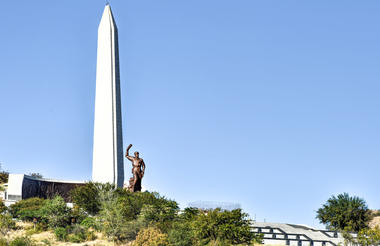
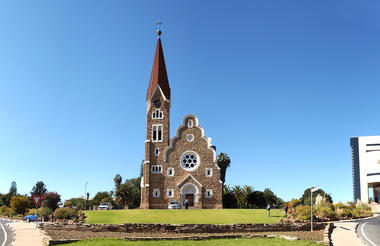
Today you drive over the Khomas Hochland and then down the steep Bosua Pass down to the Namib Desert. The next morning (day 3) you depart before sunrise to the Namib Naukluft National Park, where you can also climb one of the huge dunes. From the Park entrance it is around 65km to the parking g area among the dunes, from where you could optionally take a 4x4 transfer for the remaining 5km to Sossusvlei - the dried-up swamp area of the Tsauchab River. Afterwards you should still visit the Sesriem Canyon, where the river has washed a deep gorge into the countryside. The afternoon is spent at your leisure.



After a leisurely breakfast you continue towards Sossusvlei. From Walvis Bay you continue along the coast, where the waves of the cold Atlantic Ocean crash onto the hot sand and where most mornings everything is shrouded in mist, to Swakopmund, where many buildings from the German, colonial past remain. For dinner (not included), we recommend the Station Grill in the historic old station or the well-known “Cape To Cairo” restaurant in the Hotel Grüner Kranz, where you can experience an interesting cross-section of African cuisine, such as stuffed venison stomach.


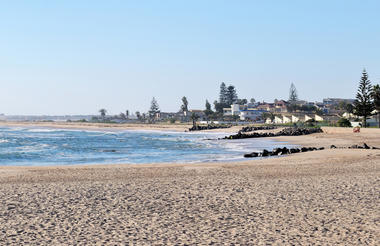
The whole day is at your leisure. You could simply enjoy the sun on the beach – swimming in the sea is only for the very brave, as the Atlantic Ocean could even be a few degrees colder than the North Sea here. You could also go shopping at the excellent shops in town and buy some Namibian ‘velskoene’ or a safari suit, or you could take a walk around this interesting town. If you prefer, you could optionally go on a sight-seeing flight over the desert in a single-engine plane, or you could go dune-boarding or even quad-biking in the desert.
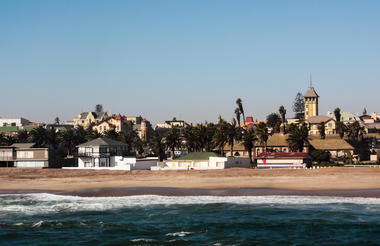
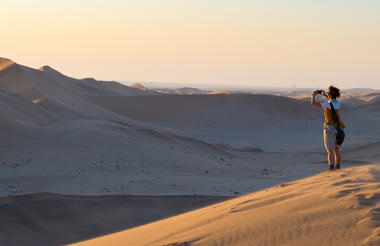
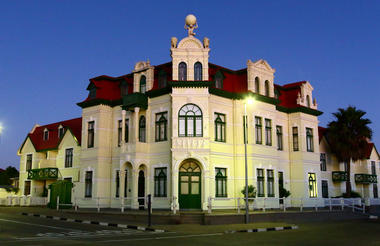
Today you first travel to Uis and then on to Twyfelfontein. On your way to Twyfelfontein, where you can visit the ancient rock art of the San People, you will pass the Brandberg, Namibia’s highest mountain. What makes the Twyfelfontein site unique is that these people did not paint their world as the Bushmen did, but that they chiseled it into stone. Near Twyfelfontein you can also view the basalt “organ pipes” of the Burnt Mountain (not to be confused with the Brandberg), as well as the Petrified Forest, where giant trees were washed down from Central Africa in a great flood and later turned to stone.
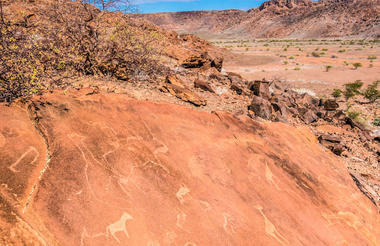
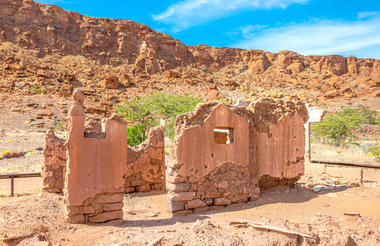
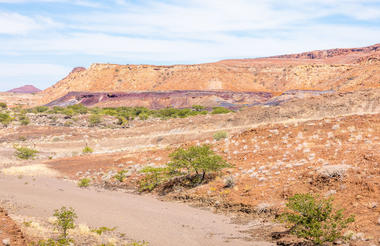
You spend the morning exploring the ancient rock art at Twyfelfontein and its other sights, before continuing via Kamanjab through to your lodge for tonight. En route you can visit a Himba clan that settled in the area. You experience some of the culture of these big and friendly people who are known for their traditional hair styles and red skin, which they used to cover with sheeps fat, but now use Vaseline mixed with fragrant herbs and natural colorants (red for the women and black for the men). The Himbas are a very proud tribe which still live in traditional huts - similar to the stone-age – but because of their cast amount of cattle, which they never slaughter, are probably richer than most of their visitors. Therefore they are one of the richest tribes in Africa.


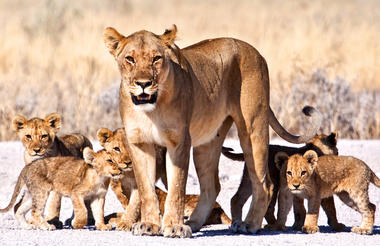
After breakfast you drive towards your next highlight - Etosha National Park. If you arrive at your overnight camp in good time, you could possibly already spend the afternoon game spotting in the park. At the heart of this National Park is the Etosha Pan, a vast dry shallow depression. Perennial springs feed the waterholes along the southern verge, which attract a myriad of animal species.
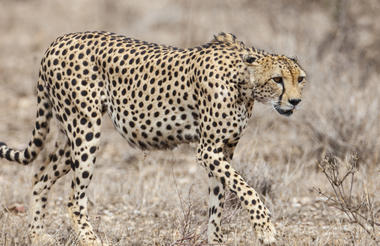
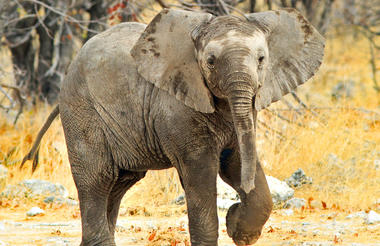
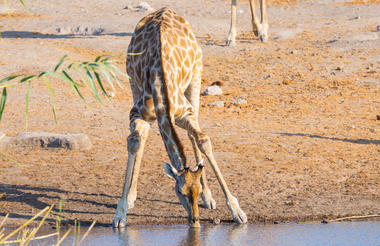
It is always adviseable to leave early before the heat of the day chases the game into the shadows. You spend most of the day in the park with its great variety of wild animals and its shimmering salt-pans. In the afternoon head east towards the new overnight camp, a previous German Fort of the colonial era.
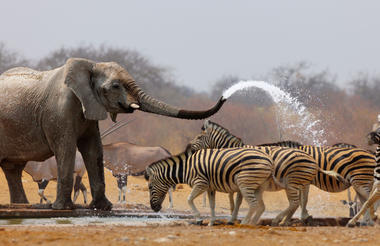
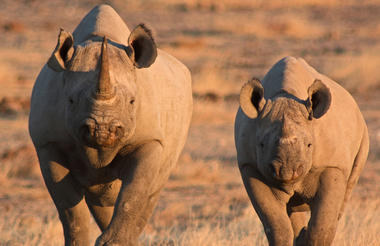
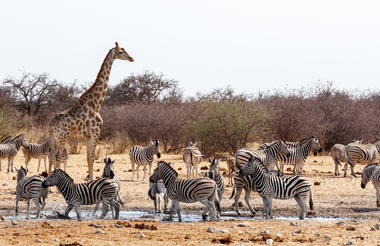
Early departure from the lodge heading for your next overnight near the banks of the Okavango River. When entering the Kavango District, we will be driving past various small townships. Enjoy a sunset cruise on the Okavango as an optional activity.
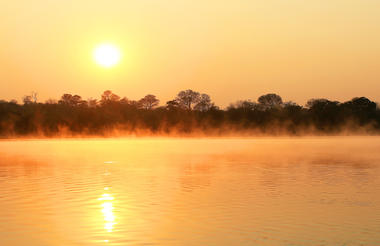
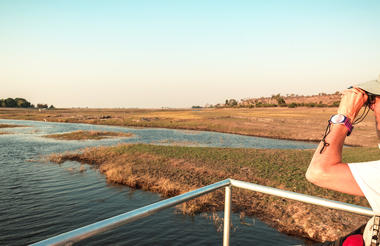
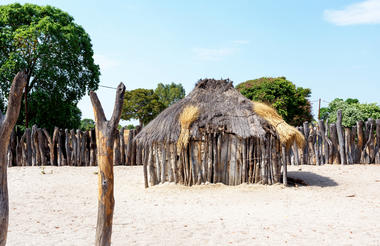
After breakfast the road takes you along the Kwando River. Villages of grass huts and local wooden crafts and carvings a common sight. You will reach your destination late afternoon.
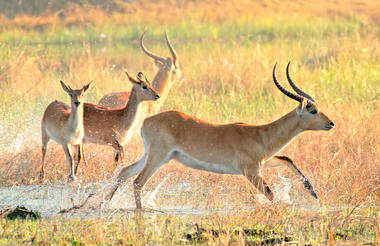
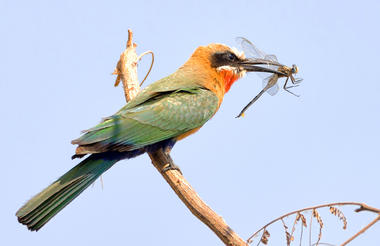
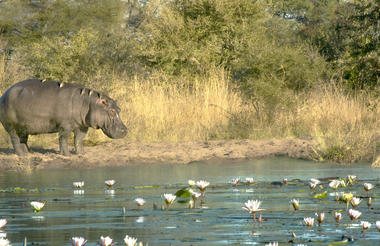
After breakfast the road takes you to the border of Botswana and you will reach Kasane, where you are dropping of your hired car. A transfer company will be transferring you to your next destination – Chobe National Park. In the afternoon you will enjoy a boat cruise and the beautiful sunsets.



Today you will be transferred to your lodge in Zimbabwe. Enjoy Victoria Falls and spend your time at leisure or do a tour of the famous Victoria Falls. Victoria Falls is a spectacular sight of awe-inspiring beauty and grandeur on the Zambezi River, bordering Zambia and Zimbabwe. Different times of the year will provide completely different experiences of the Falls region. Peak flood season is around March and April and the full power of the falls can be experienced in all its glory. As the floods abate, the view of the falls gets better and better through the year, but at its lowest, around October, November and December the Falls become little rivulets running over the edge and in some places along the 1,7km width no water falls at all.
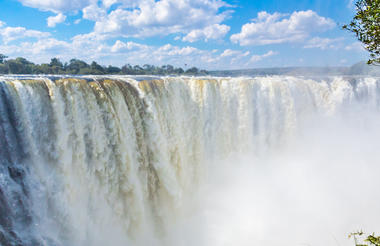
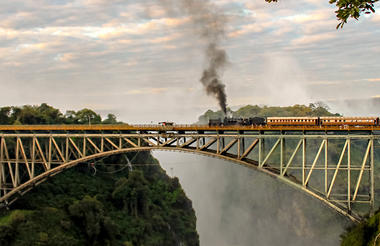
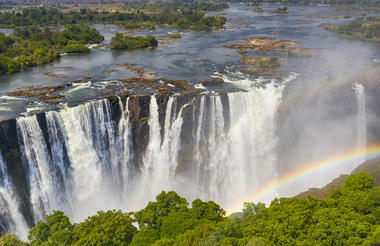
You will be collected at your hotel after breakfast, and transferred to Victoria Falls, Zimbabwe or Livingstone, Zambia airport for your departure flight.

